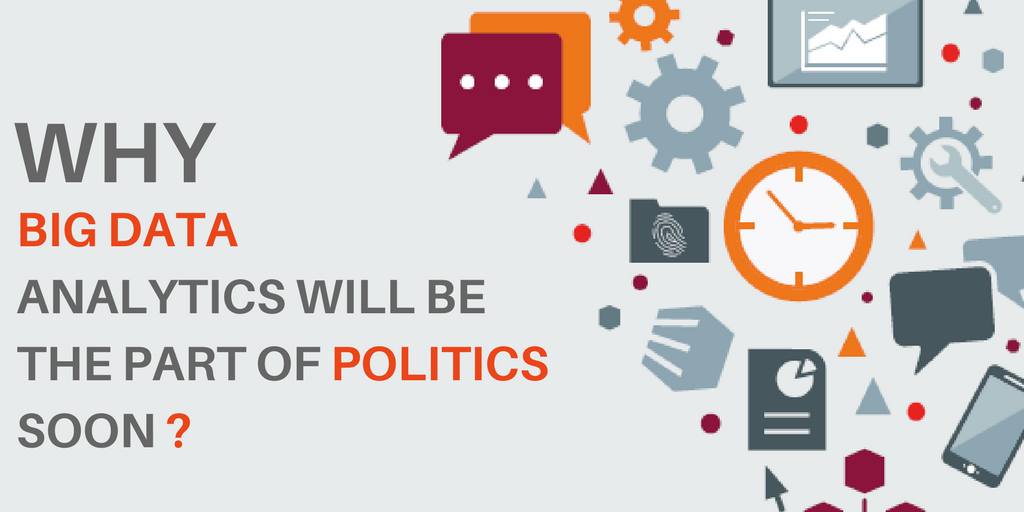If one asks you about Big Data, what will be your reply? Since Big Data is not a simple research work, it’s a giant thing; you cannot say that it is an easy research work that uses a large set of observations. Big data solution providers India bring the reasons why this technology will become a part of politics soon.
Big Data allows us to connect with transformations. With the help of Big Data technology, we can investigate lengthy trends. Instead of finding what an individual politician says, we can assess zillions of speeches delivered over hundreds of years to determine the changes made through the languages over time.
We can view unseen patterns with right practice and analyze political behavior at both the grassroots and aggregate levels and find previously unfamiliar phenomena. While practitioners are being pushed by Big Data analysis to the extremes, they also face some barriers to entry.
Advantages of Big Data
With Big Data, we can work with some of the biggest subjects in numerous scientific disciplines, including the humanities, social sciences, and natural sciences.
There are two exciting updates behind the type of Big Data. One is enhanced speed of capturing data, which doubles every year. Second is advancing techniques of artificial intelligence, be it is natural language processing, machine learning, or pattern recognition.
How big data bring changes to insurance and health care in 2017?
Big data helps politicians in research work in three ways-
- Big data aids hypothesis generation. We can find new unexplored patterns with the availability of masses of new data. The ability to investigate and manipulate the data quickly saves cost.
- Big Data helps recognize instrumental variables.
- Big Data allows us to scale research work more effectively from upside down. More data helps researchers to formulate and test hypothesis at detailed level.
What you can do with Big Data?
You can apply big data analysis in several exciting ways. We will explain two instances here-
- Forecasting – Measuring political sentiment
More political scientists take help of Twitter to collect data and measure political preferences. Twitter is the micro-blogging site that acquires massive data stream with some 200 billion tweets each year.
You can analyse this data without spending much with SASA (Supervised And Aggregated Sentiment Analysis). Initially, a large subset of texts (in case of Twitter, tweets) is analyzed by coders manually. They score on the basis of sentiment they convey.
This data is later fed into an algorithm that distinguishes between positive and negative text. That algorithm is applied to the entire dataset at the end.
- Measuring political ideology
Experts have recently applied computational text analysis to large set of speeches from parliaments for measuring political ideology. They use computer algorithms like Wordfish or Wordscores to code the mass of textual data.
Regardless of the challenges brought by Big Data, it offers a promising path for gauging political preferences in parliament. The Big Data use promises relevant data but limits our vision paradoxically.
This post is intended by big data solution providers to explain how big data is turning out to be a critical part of political world. If you have any question related to the subject, ask in comments.


























Leave a Reply